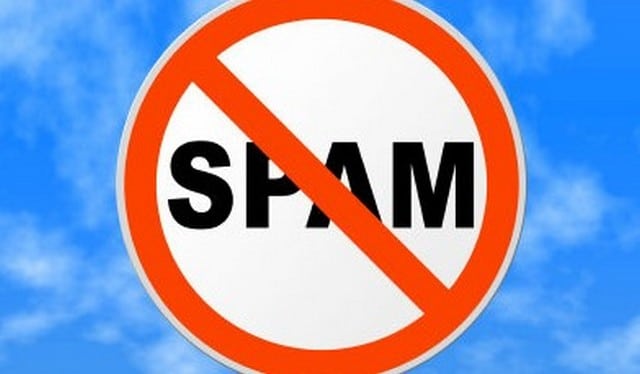Google’s war on spam continues!
The success of your search engine marketing campaign hinges a great deal on the quality of your content. Google responds negatively to all forms of manipulative, deceptive or misleading practices. If anyone thinks that they can get top positions on the search engine results page with spammy content, they are mistaken. Google has very clear quality guidelines that webmasters must abide by. The July algorithm update puts another dagger into content it deems as spam.
How Google keeps its search results spam-free
Google quality guidelines
As the unchallenged leader in internet search, Google is always looking for ways to improve their primary service, search. Most people use Google because of the search results, which helps Google to charge more for paid search than their competitors. To ensure their results are always the best Google has released guidelines for the type of content that will rank on their search engine.
- Make pages primarily for users, not for search engines.
- Don’t deceive your users. The truth always matters.
- Avoid tricks intended to improve search engine rankings. A useful test is to ask, “Does this help my users? Would I do this if search engines didn’t exist?”
- Think about what makes your website unique, valuable, or engaging. Make your website stand out from others in your field.
Now that we know how Google defines ‘quality content’, it is equally important to understand what is ‘spam’ according to Google:
“We define “spam” as using techniques that attempt to mimic these signals without actually delivering on the promise of a high-quality content, or other tactics that might prove harmful to searchers.”
You may wonder if it is possible for Google to differentiate between span and quality content. Of course, it is. In fact, over the years, Google’s spam fighting capabilities have improved manifold. If someone creates a web page to deceive people, Google has systems in place to identify it and keep users safe from malicious behaviors.
How Google fights spammy content?
Google uses advanced Artificial Intelligence (AI) to identify and fight spam. In 2020, Google was able to reduce sites with auto generated and scraped content by over 80% compared to previous couple of years. According to their latest statement, Google has improved their detection capability by over 50% and removed almost all of the hacked spam from their search results. In 2020, Google discovered a whopping 40 billion spammy pages. This is a huge increase over the previous year when 25 billion spammy pages were detected. These 40 billion pages include deceptively created sites, hacked sites, and other forms of web spam, fraud and scams. How did they actually do it? Let’s find out.
The first step at detecting spam starts when Google crawls pages or content. Crawling is when Google scours the Internet for content, looking over the content/code for each URL they find. Basically, it is the discovery process in which Google sends out a team of robots known as crawlers to find new and updated content. Content found during the crawling process is stored and organized in the next stage known as indexing.
How indexed content is tested by the bots
Once a page is in the index, it is in the running to be displayed as a search result to relevant queries. The content that Google detects as spam is not added to the index. The same process works for the content that Google discovers through Search console or sitemaps as well.
The next level spam detection occurs when the bots analyze the content that is indexed. When search is initiated, the bots check if the content that matches the search criteria might be spam. If any spam is detected, it is not included in the search results.
After this two-step spam elimination process, there is very little chance of any spam making it to the search results. According to Google, their AI aided spam detection systems ensure that 99% of the results are spam-free. Whatever little is still left is taken care by manual action.
Moreover, Google also has tools that can help website owners detect spam or unsafe behavior on their websites. An example of these tools is the Disavow links tool, which is the latest version of the Crawl stats report, and the Safe Search filtering report.
Why is it so important to separate spam from worthwhile content?
Without the spam-detection and spam-fighting systems, the quality of search would be greatly reduced. It would be very difficult for users to find information they can trust and act upon. If low quality web pages spam their way to the top of search engine results page, there be greater chances of users getting tricked by malicious sites attempting to steal personal information or infecting genuine sites with malware.
Businesses also benefit greatly from Google’s spam fighting systems because it gives them a fair chance at ranking high on search engines based on their target keywords.
See our blog for other great information about online marketing!
